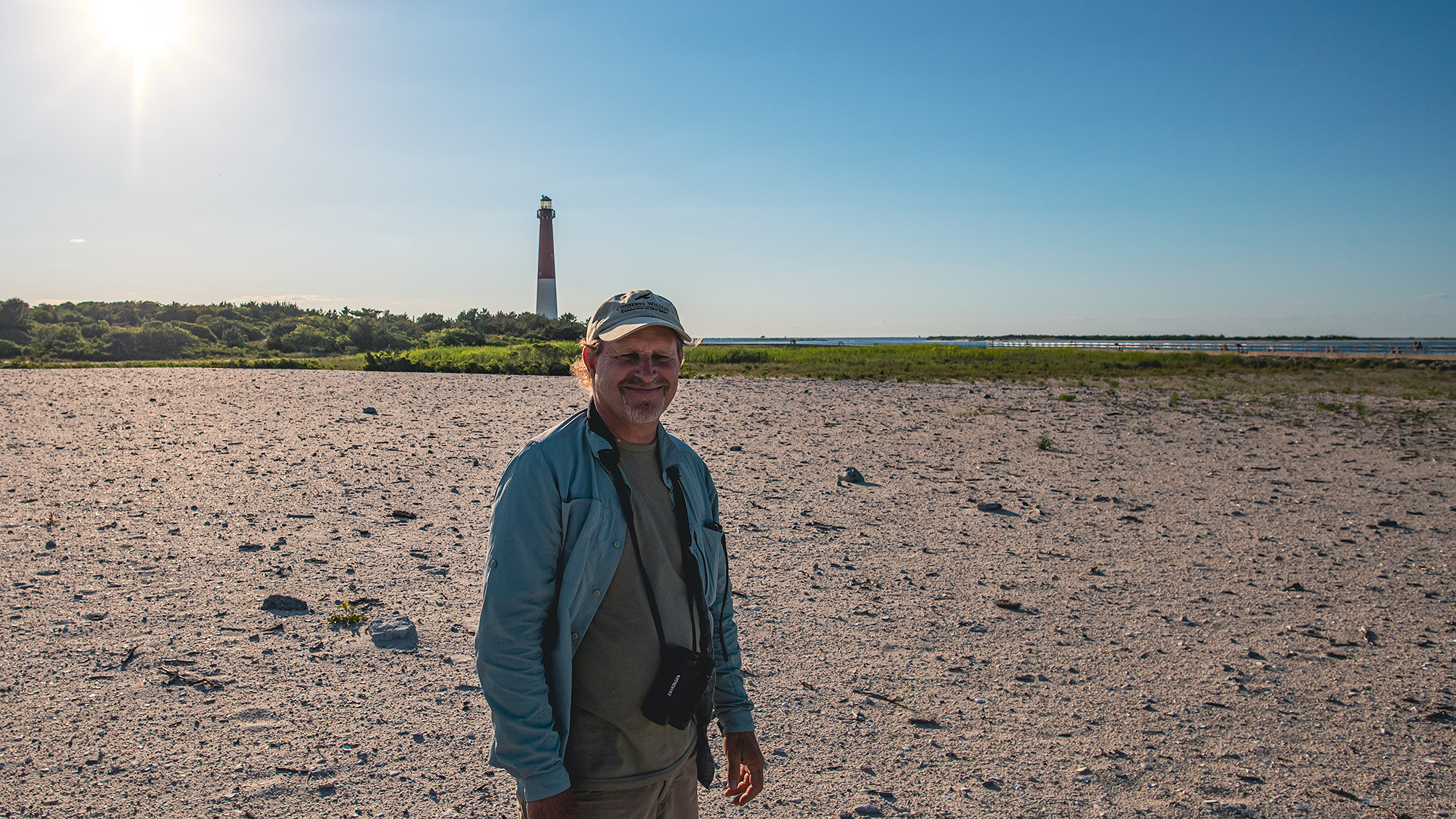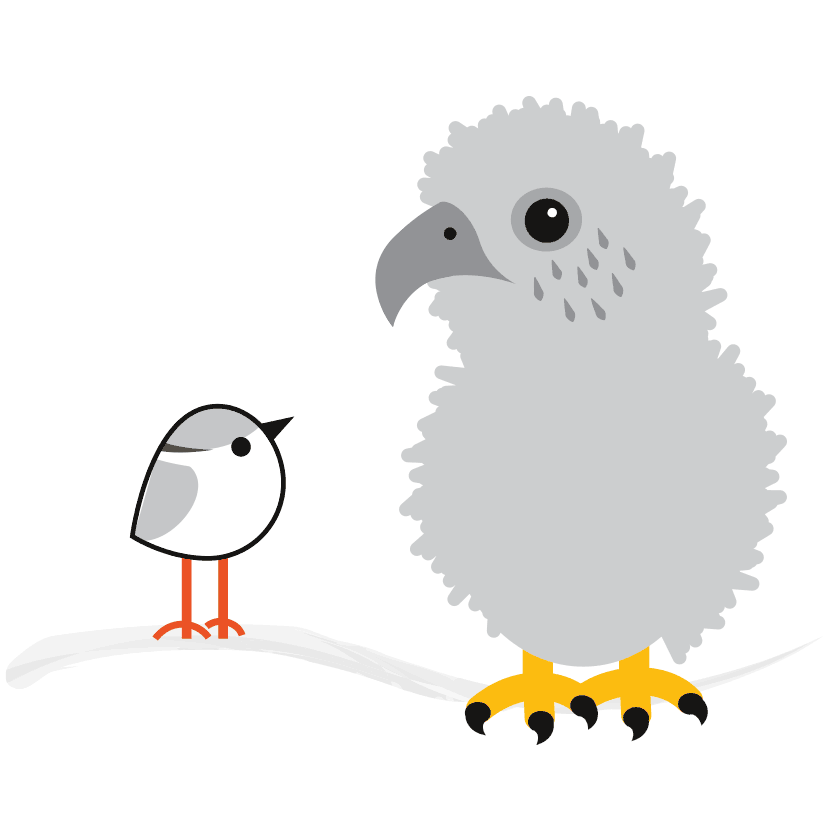

June 16th
Todd Pover can find beach-nesting bird nests in his sleep. His instincts and abilities are uncanny.
Everyone who knows his work with Piping Plovers knows this, and what’s funny is how people express their understanding of his incredible skills with an alternating mix of admiration and annoyance. Everyone finds Todd inspiring; until that is, he joins you in the field and finds all of your nests before you do. You don’t even get a chance when Todd is around. When Todd trains his staff, he literally has to pretend not to see things so that they can at least have a shot at learning something.
It hasn’t been easy assessing the willingness of our five pairs of Piping Plovers to attempt nesting for the third time after the Memorial Day nor’easter wiped out their first attempts, and Coyote ate their second. It has undoubtedly been a challenging and traumatic season for them. And it is getting to be borderline “too late.” There is an urgency here.
But our native beach-nesting birds are nothing if not resilient and determined. They shouldn’t even exist anymore since we took almost 100% of their habitat away from them for our recreational use. Yet, they persist. I suppose one day in the future, when a couple of category five hurricanes finally strike New Jersey in the modern era, there will be a few stragglers who persist and find ways to survive here no matter how bleak this place becomes. For we, too, are determined and resilient.
The pressure is high right now to find and protect these nests. Sadly though, everyone is exhausted from finding the last two sets of nests, and the faint hopelessness that comes from the trauma of loss is like an infection that needs constant care because if left unchecked, it will consume you in a flash.
Of course, every season, you give it your all, but that’s partly because you only expect to do it once, not three times. It is getting tough to maintain the will, the faith, and the energy.
Thankfully, Todd Pover stepped in.
In what will forever be another legendary story about Todd Pover’s skills, Todd found the first two post-Coyote renests when he wasn’t even looking for them. He was giving a walking-and-talking tour on the perimeter of Plover Park to a Yacht Club group last Saturday and found Nest #01-C and Nest #06B literally out of the corner of his eye. Todd was lecturing and entertaining outside of the Park and still finding all of the nests! He later complained that he had to wait a whole hour until the tour was over to count the eggs in these new nests. Unbelievable.
Now, in full disclosure, this was possible at all because our Piping Plovers appear to be responding to the back-to-back catastrophes of nor’easter and Coyote by employing a pretty crazy strategy: they are heading for the grass covered hills along the outer border of the Park.
While Piping Plovers generally like to nest in sandy, shelly, open areas with just a tiny bit of light vegetation, our birds have suddenly run to the high dunes and even the flood-prone beaches on the outermost perimeter of the Park. As a result, they are laying their nests in thick vegetation. While not unheard of, it is unusual and probably not ideal. We can assume they are trying to hide their precious eggs from Coyote, or protect them better from extreme weather, or maybe some combination of both. Perhaps they were trying to hide them from Todd, but that clearly didn’t work.
I’m not sure of the biology behind it, but Piping Plovers display something of a hive mind like the Least Terns do. When the first pair lays, you know the rest are going to follow right behind. Yet still, even knowing they were all running up to the thickest vegetation on the highest hills, I couldn’t find Octavius Rex and Jennifer Jason Leigh’s new nest. They were the last pair to go, and they were clearly up to something. So I sat with them every morning and evening for four days, watching them closely and following their tracks. But nothing. I was getting nervous. Coyote could be eating these eggs before I even found them.
I was texting Todd updates about my misadventures each night. Finally, he asked a simple question; “Do you think they are going to nest up on a hill in the grass like the others?” Despite the fact I was seeing them paired up at the toe of a grassy dune, I said, “No.” I had walked all over that hill looking for tracks and found nothing. They didn’t even peep at me while I trampled around up there. I was sure they would nest somewhere at the base where the heaviest tracking was; I simply wasn’t seeing it.
Thankfully, Todd correctly interpreted my frustration as a cry for help. So last night, as the sun set, he did a quick walk of Plover Park between a long, grueling day at Holgate and an even longer drive up to Massachusetts that night.
He sent a simple message: “ORex & JJL, three egger up on the dune.” I jumped in the car and ran out to Plover Park immediately in hopes of catching Todd. Luckily he was still there, and I asked him to show me the nest that had confounded me so badly this week. Todd bumbled around the hill, unable to refind it at first, but I think it was an act. He could have just followed his footsteps from when he had discovered it just earlier.
He was simply being the gracious, patient teacher we know him to be. We are so fortunate to have a master like Todd be a Tuckerton native with passion for Barnegat Light.
The truth is, I’m pretty sure Todd Pover knew where we would find that nest the first time I ever texted him about it.


Thanks for all you do. I am now thinking of the new storm Friday I hope they make it.
LikeLike
Yes, this is a huge issue obviously, especially for poor Giantsbane and Myrtle. There should be a Reading devoted to this very soon.
LikeLike
Love today’s news. Those plucky plovers changing nesting habitats and outfoxing y’all, well excepting Todd! Maybe even coyote?
LikeLike
Yeah, watching their adaptive resilience is really interesting… especially watching the group all use a similar response!
LikeLike
Is there any talk of removing the coyotes? Also are the coyotes do the same thing at Holgate? Since they go from end to end on the Island.
LikeLike
Yes, of course there is some talk about it. See my other comment responses regarding some of the risks and difficulties.
It is also important to consider that despite this unfortunate incident, Coyote is also having a very positive effect in the area by both eating and discouraging other predators like fox and cats. It would be tough to calculate, but there is a possibility that, even with this incident, Coyote is having a net-positive effect at Plover Park.
As I understand it, Holgate is suffering much worse. There you have a more competitive mix of fox and coyotes which is, overall, disastrous.
LikeLike
Pretty sure that wins for prettiest nest placement! Were you very good at the annual Easter egg hunt? I think YES!
LikeLike
Yes, it is like an adult Easter Egg hunt for sure. And yes, the ORex/JJL nest is gorgeous. So is Stacy & Tatiana’s which I hope to live stream next week.
LikeLike
Thanks for this great post. Those Piping Plovers are so clever! Thanks, also, for the amazing work all of you do to watch out for them and to keep us informed. I am keeping my fingers crossed that this little nest makes it through the storms today/tomorrow.
LikeLike
You’re welcome. Yes, they really are strategic. I’ve learned a lot watching them respond this season.
LikeLike
Fun read. Todd truly is as gracious as he is amazing.
LikeLike
You and Todd are both amazing!!
LikeLike